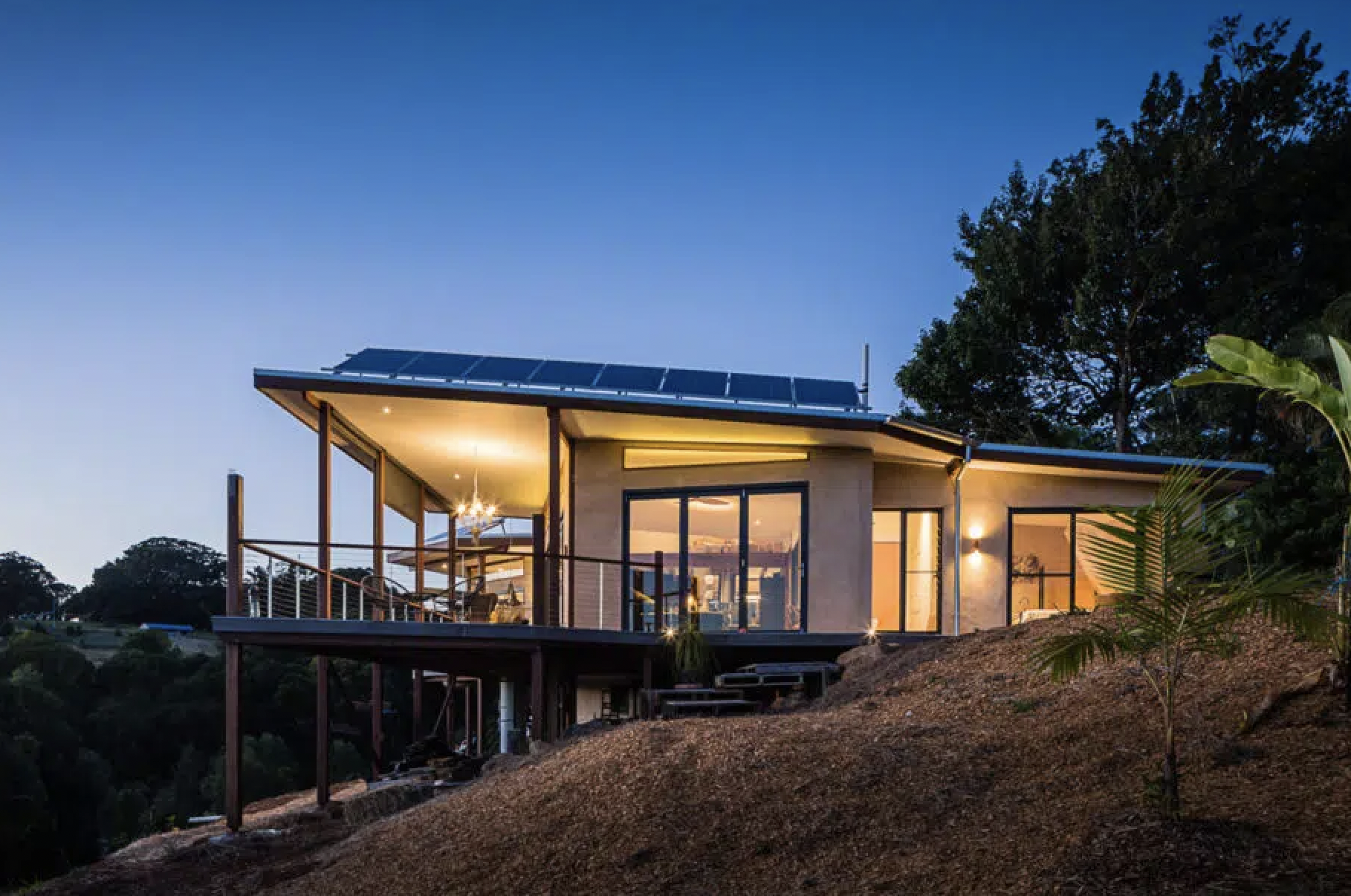Carbon neutral, energy efficient, recyclable The many benefits of building with hemp
It’s a method of construction that has been used for thousands of years in some places around the world, but with increasing awareness of the need to reduce our environmental footprint and ever-rising energy costs, there are more and more Australian home builders looking at the many benefits of hemp.
The feature exhibit at this year’s Australian National Field Days, Hemp is a small but growing industry in Australia. A rapidly growing and versatile crop, hemp seeds can be used for oil, animal feed or human consumption, while the stalk of the plant can be used to produce fibre, paper, a plastic substitute and rope among many other things.
Combined with a lime binder and sand, hempcrete or hemp masonry, hemp is a building material that offers many advantages, says Tara Jones from the Australian Hemp Masonry Company.
“Oh, there's so many. Let me go through a few of them,” says Tara.
“When you mix the hemp and the lime-based binder and sand and water together, and you infill your formwork, you embed your frame in the middle of the wall,” she continues, explaining the construction method.
“What you're doing is you're creating a breathable walling product, This is going to give you excellent acoustic and thermal insulation properties.”
Hemp masonry walls help moderate the internal humidity of a home inhibiting mould growth, she says, and are also fire retardant and resistant to termites.
Able to be recycled, Hemp masonry is also carbon neutral, and in some cases carbon negative, unlike carbon-intensive concrete production.
“This is a carbonation process. So a chemical reaction occurs when those materials are exposed to the air and that's how it keeps sequestering carbon over time,” Tara explains.
“It's going to keep sequestering carbon as it cures for decades into the future. You can sequester a lot of carbon on your average residential build.”
While building hemp masonry is different to building with bricks, it is not complex, Tara says.
“There is a learning curve... because it is important you know how to work with the material,” she says.
“Once you do, it's very easy to work with, so you don't have to completely retrain, more you add to your existing skill set and use all of those things you've been working with in the building industry.
“As a rough point of reference in comparison — depending on the complexity of your build, obviously — it's comparable to a single skin of bricks.”
With the updated National Construction Code requiring energy efficiency standards to increase from six to seven stars in October next year, Tara expects there to be even more interest in hemp as a building material.
“I think that's just starting to come into play now, but certainly, this is a fantastic material for exceeding the six stars that are now required,” she says.
If you have a look on the Australian Hemp Masonry Company website, there are some beautiful builds and some of them are to maybe a 10-star rating.”

